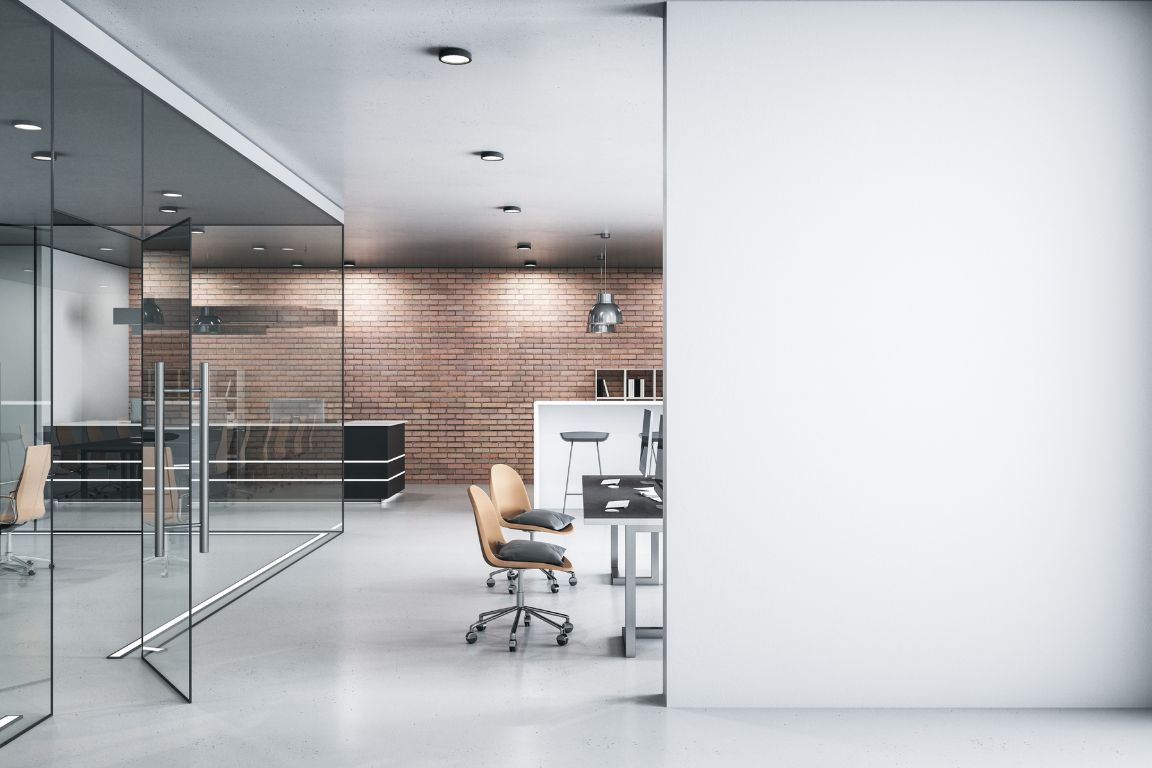The gradual return to physical office space has been a welcome development for many people in the professional world. However, not everyone is quite as receptive to this change. For many talented workers who joined their companies in the throes of the COVID-19 pandemic, it’s not a return to the office. Instead, it’s a journey to a place they had never been to in the first place—and they might not like what they see.
Decision-makers like you can make offices more inclusive for everyone, whether workers who find remote work more enjoyable or employees who avoid office jobs and their accompanying adverse stimuli. We’ve compiled some tips for how to make your office space more sensory-friendly so everyone can enjoy a winning hand if a return to the office is in the cards for your organization.
Reverberation Elimination
There’s a big acoustic difference between working in a bedroom and working in a modern open-concept office. Without close walls and fluffy bedsheets to absorb sound, voices can carry from one end of the building to the other. That can be a major distraction to people who work hard just to concentrate. Your office space may need better acoustics to accommodate your workforce, and that can begin with installing acoustical wall panels or sound-absorbing carpeting to deaden some of the office din.
Send Your Fluorescent Lights Down the Tubes
When Steely Dan sang, “I’m never going back to my old school,” maybe it was those garish fluorescent lights they were dead set on avoiding. With their frequent flickering and cold-color temperature, fluorescent lights made it hard for even the best and brightest bookworms to thrive in school. The same can be true for adults in the office. So seek alternatives to the old tubes, such as warm-color LEDs or floor lamps that mimic the incandescent lights of old. And if your space permits it, lean heavily on the greatest illumination of all—natural light.
A Pleasant Color Scheme: Keep It Taupe of Mind
It’s not uncommon for businesses to have proprietary and unique color palettes. However, splashing the walls of your office space with your company’s trademark lime green and safety orange may not build the esprit de corps your company had in mind. After ensuring your lighting options are conducive to making a sensory-friendly office space, take your next step toward inclusivity by keeping your interior design muted, neutral, and welcoming.
Cut the Clutter
A disorganized workspace doesn’t just make life more complicated for the people drowning in their own piles of paper. Merely seeing chaos around the office can be a stressor for highly sensitive people. Keep open, shared workspaces tidy and free from loose paperwork, strewn stationery, and anything else that can make office workers feel anxious.
Redefine Dressing for Success
No one is saying to give the green light to sweatpants in the office. Nonetheless, rolling back some of the more stringent aspects of your company dress code could help new additions to the physical office feel more at ease. Advocate for sensible footwear, loosen the requirement for neckties, and allow shorts in warm weather. By doing so, your more sensitive workers may feel less constricted, less awkward, and more eager to deliver results—and that’s what really matters.











